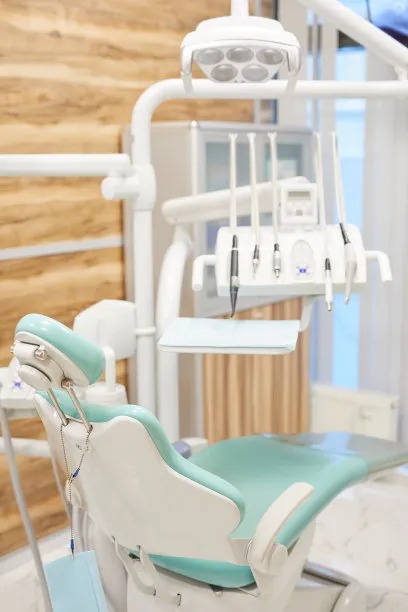A Step-by-Step Guide to Safely Extract a Tooth at Home or with Professional Assistance
Summary: Tooth extraction, while often necessary due to various dental issues, can be daunting. This guide provides you with a step-by-step approach to safely extract a tooth at home or with professional assistance. The importance of assessment, preparation, and post-extraction care are all addressed. Furthermore, this guide emphasizes when to involve a dentist and the tools needed for a safe process. Whether youre facing mild discomfort or a more serious situation, this article aims to equip you with the knowledge you need to make informed decisions about tooth extraction.
1. Assessing the Need for Tooth Extraction

Before considering tooth extraction, its vital to assess the symptoms that might necessitate this procedure. Common reasons for extraction include severe decay, infection, overcrowding, or impacted teeth. Understanding these issues can help you decide whether extraction is indeed the right solution.
Consulting dental advice, even if you plan to extract a tooth at home, can provide valuable information. An oral examination can ascertain whether the tooth is salvageable through filling or root canal treatment, or if extraction is the best option.
In cases of severe pain or significant swelling, immediate professional intervention is strongly advised. Do not delay seeking help to avoid worsening the current situation, which could complicate the extraction process.
2. Preparing for Tooth Extraction at Home
If youve decided to extract a tooth at home, preparation is key to a successful procedure. Gather the necessary tools before you begin. Essential items include gloves, sterilized pliers or a dental extraction tool, and antiseptic solution for cleaning the area.
Creating a suitable environment is equally important. Find a well-lit space where you can see clearly and feel comfortable. Make sure to have a mirror positioned so that you can easily observe the tooth youre about to extract.
Educating yourself on the extraction technique is crucial. Numerous resources are available that demonstrate the proper methods for tooth extraction. Its best to familiarize yourself through videos or detailed guides before attempting it. Knowledge can significantly reduce the risks associated with the procedure.
3. Performing the Tooth Extraction Safely
Once youre prepared, its time to begin the extraction. First, ensure that youve thoroughly cleaned the area around the tooth. This step helps prevent infection after the extraction. Apply a local antiseptic if necessary.
Begin the extraction process by gently rocking the tooth back and forth to loosen it. It’s important to be patient and avoid applying excessive force, as this can lead to broken roots or significant pain. If the tooth is stubborn, take a break and try again rather than forcing it out.
After successfully extracting the tooth, manage the area by biting down on a clean piece of gauze. This helps to control bleeding and allows a clot to form, promoting healing. Monitor your condition post-extraction and be alert for any signs of complications, such as excessive bleeding or severe pain.
4. Caring for Your Mouth After Extraction
Post-extraction care is essential for a smooth recovery. Initially, continue to apply pressure using gauze for about 30 minutes to an hour after extraction. Avoid rinsing your mouth vigorously as this can dislodge the clot.
For the first few days, stick to a soft food diet. Foods like yogurt, applesauce, and mashed potatoes are gentle on the healing site. Stay hydrated and avoid using a straw, as sucking can lead to a painful dry socket.
Keep an eye on your recovery. If swelling or pain worsens, or other concerning symptoms arise, contact a healthcare professional promptly. They may recommend medication for pain management or further care if any complications develop during healing.
Summary:
This guide has outlined the necessary steps for safely extracting a tooth, whether at home or with professional help. It has emphasized the importance of assessing the need, preparing adequately, performing the extraction safely, and caring for the mouth afterward. While some scenarios may allow for home extraction, consulting a dentist remains the safest choice in complex cases.
This article is compiled by Vickong Dental and the content is for reference only.



